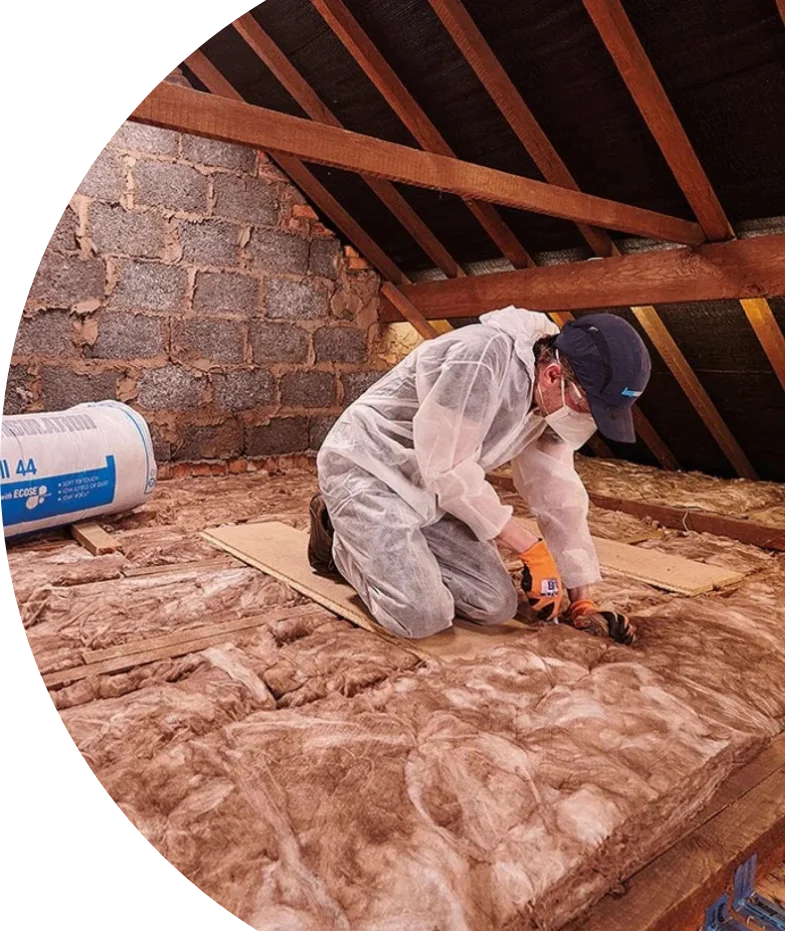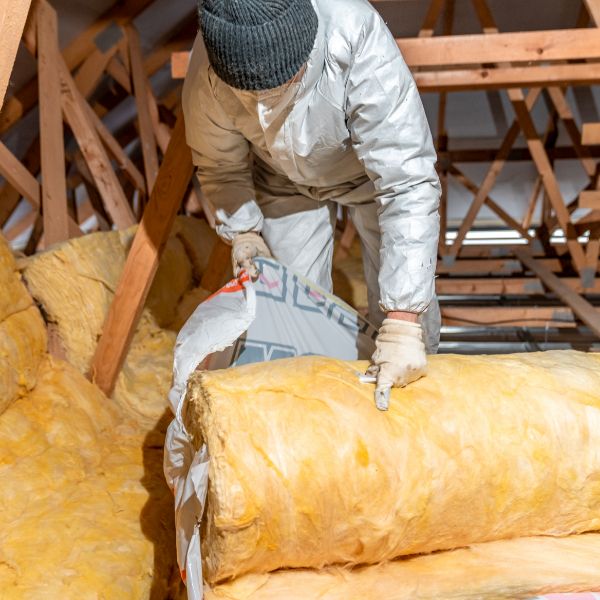Loft Insulation
Loft insulation is a critical aspect of maintaining a comfortable and energy-efficient home. A loft insulation survey from MB Solutions may unlock considerable energy bill savings.

What Is Loft Insulation
Loft insulation is a crucial component in enhancing the energy efficiency of your home.
It involves the installation of insulating materials within your loft space to reduce heat loss. The most common types of loft insulation include blanket insulation, loose-fill insulation, and spray foam insulation.
Blanket insulation, usually made from mineral wool, is laid between and over the joists in your loft.
Loose-fill insulation, made from materials like cellulose, is scattered between the joists, while spray foam insulation is applied directly to the roof’s underside.
The primary function of loft insulation is to create a barrier that reduces the amount of heat escaping from your home. In an uninsulated home, a significant percentage of heat can be lost through the roof, leading to higher energy bills and an increased carbon footprint.

Frequently Asked Questions
Loft insulation is a method of reducing heat loss in your home by installing insulating materials in your loft or attic space. It helps to maintain a consistent indoor temperature by creating a barrier that prevents heat from escaping through the roof.
Loft insulation is important because it significantly improves your home’s energy efficiency. It reduces heat loss, which lowers your energy bills, reduces your carbon footprint, and provides a more comfortable living environment.
By reducing the amount of heat that escapes through your roof, loft insulation lowers the need for constant heating. This reduction in energy consumption translates to lower energy bills.
The most common types of loft insulation are blanket insulation (usually made from mineral wool), loose-fill insulation (made from materials like cellulose), and spray foam insulation. Each type has its own advantages and suitability depending on your specific loft structure and requirements.
Loft insulation can last for many years, often up to 40 years or more, depending on the type of insulation and the conditions in your loft. Regular checks and maintenance can help ensure it remains effective over time.
Why You Should Have Loft Insulation
Investing in loft insulation offers numerous benefits, both financially and environmentally. Firstly, it is a cost-effective way to improve your home’s energy efficiency. By reducing heat loss, loft insulation can significantly lower your energy bills. Homeowners typically see a return on investment within a few years, making it a financially sound decision.
Additionally, loft insulation plays a vital role in reducing your carbon footprint. By decreasing the amount of energy needed to heat your home, you are effectively lowering your greenhouse gas emissions. This is a significant step towards creating a more sustainable living environment and combating climate change.
Comfort is another key advantage of loft insulation. Proper insulation helps maintain a consistent indoor temperature, making your home warmer in winter and cooler in summer. This improved thermal comfort can enhance your overall living experience, providing a more pleasant and healthy indoor environment.
Contact Us
We’re excited to help you achieve your energy efficiency goals. Contact MB Solutions today to learn more about our services and how we can assist you. Together, we can create a greener, more sustainable future.
